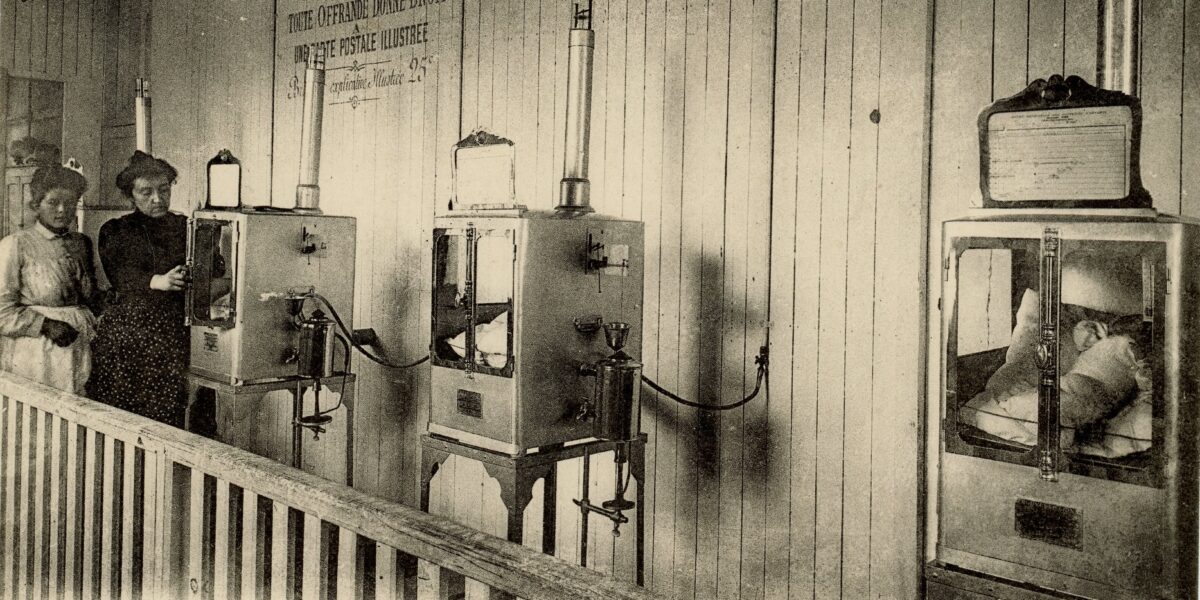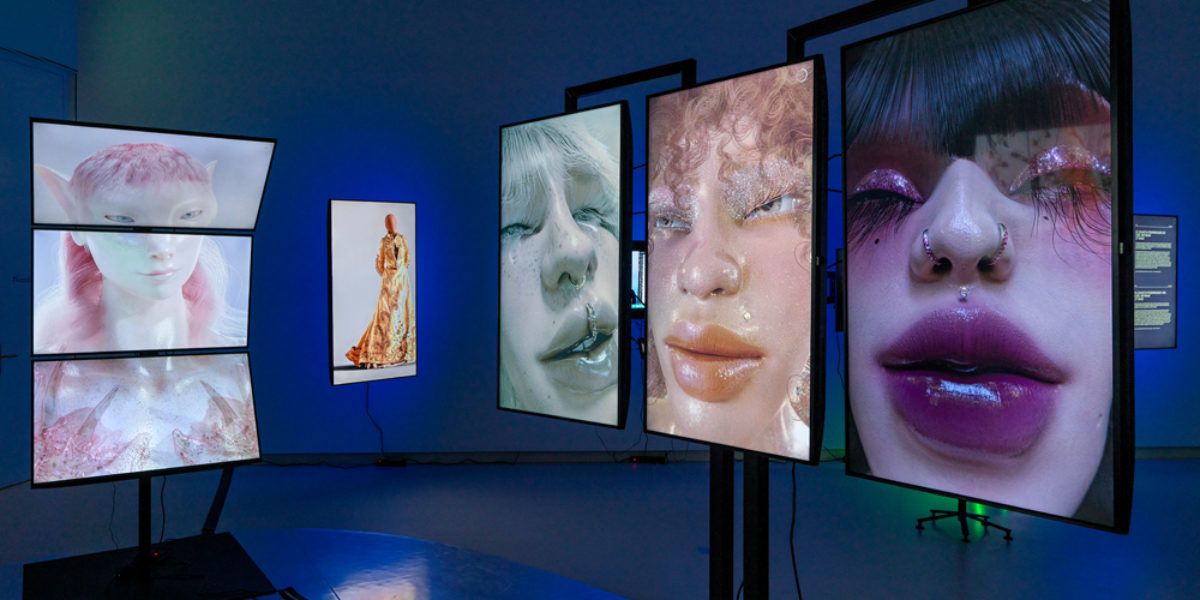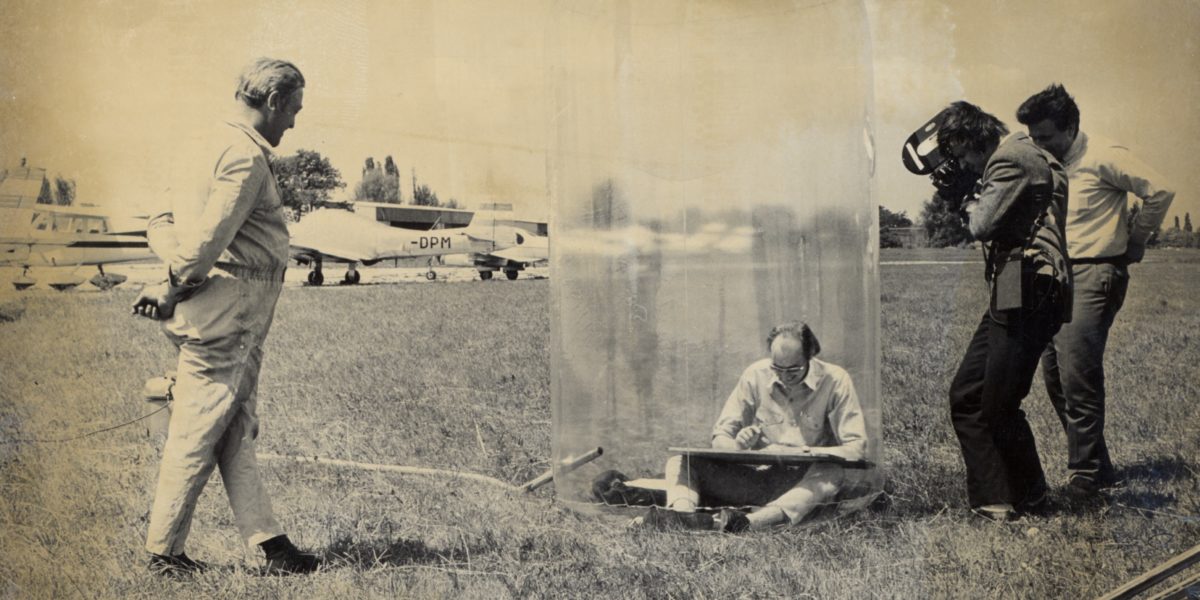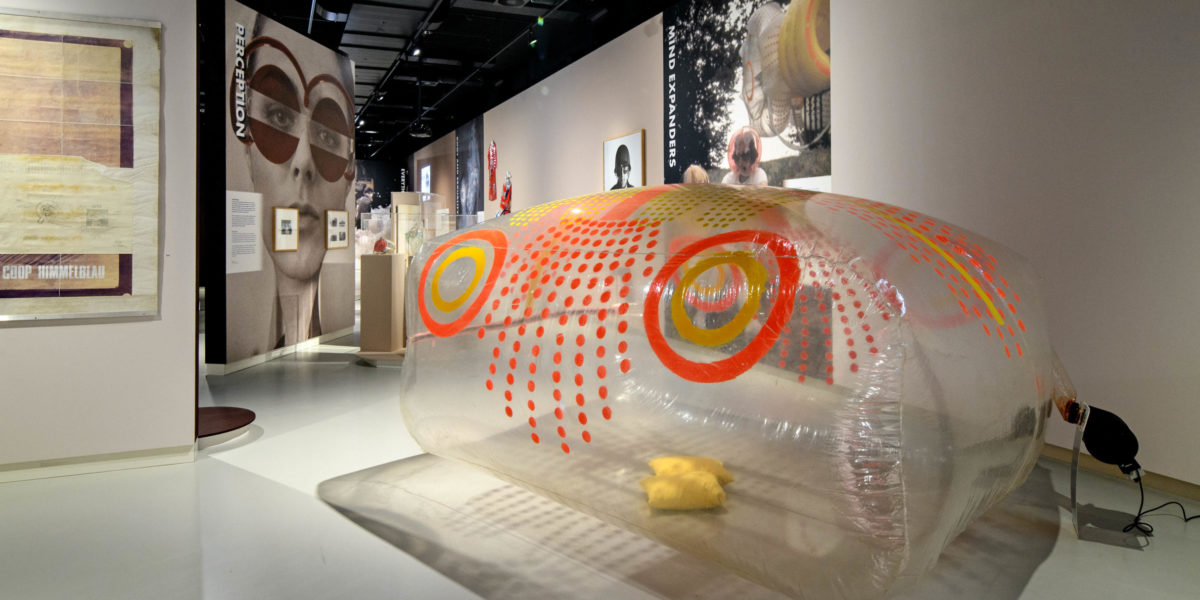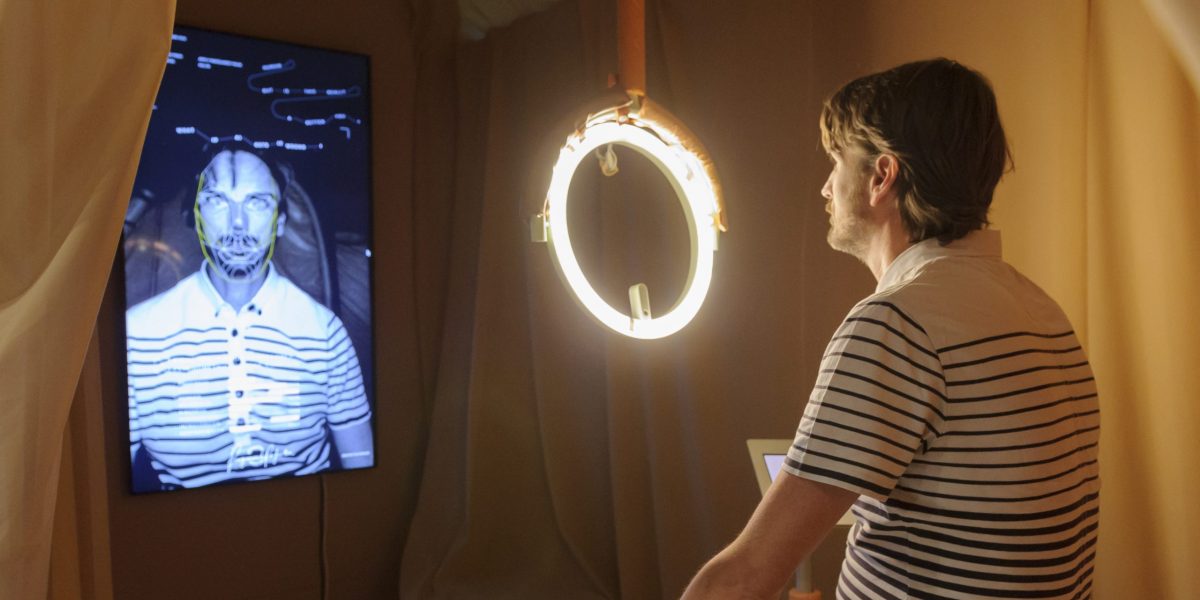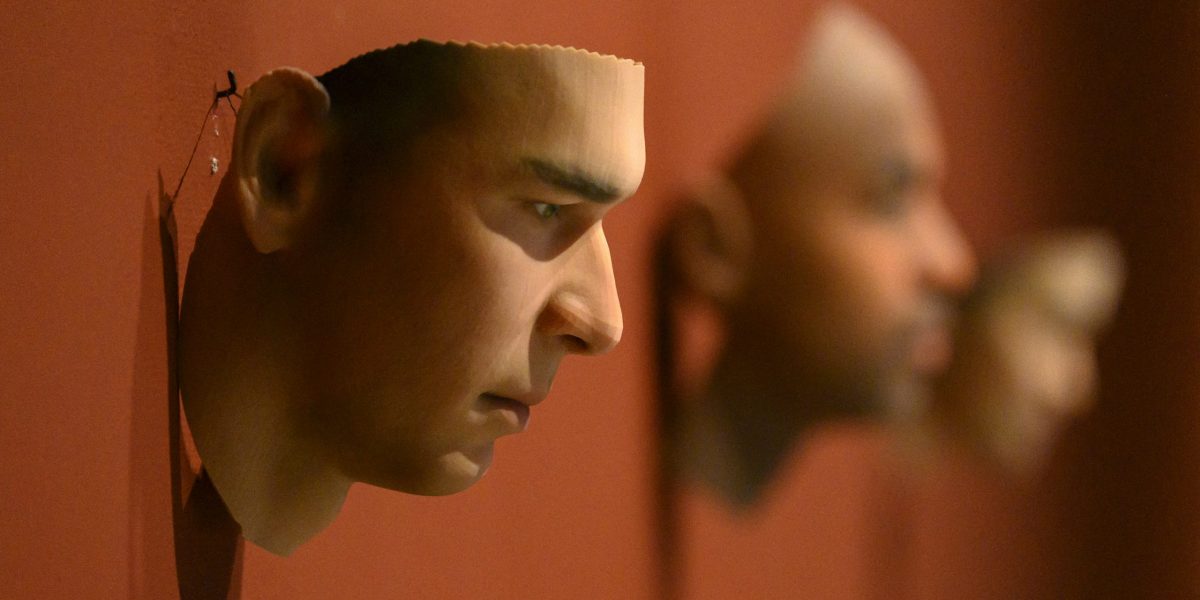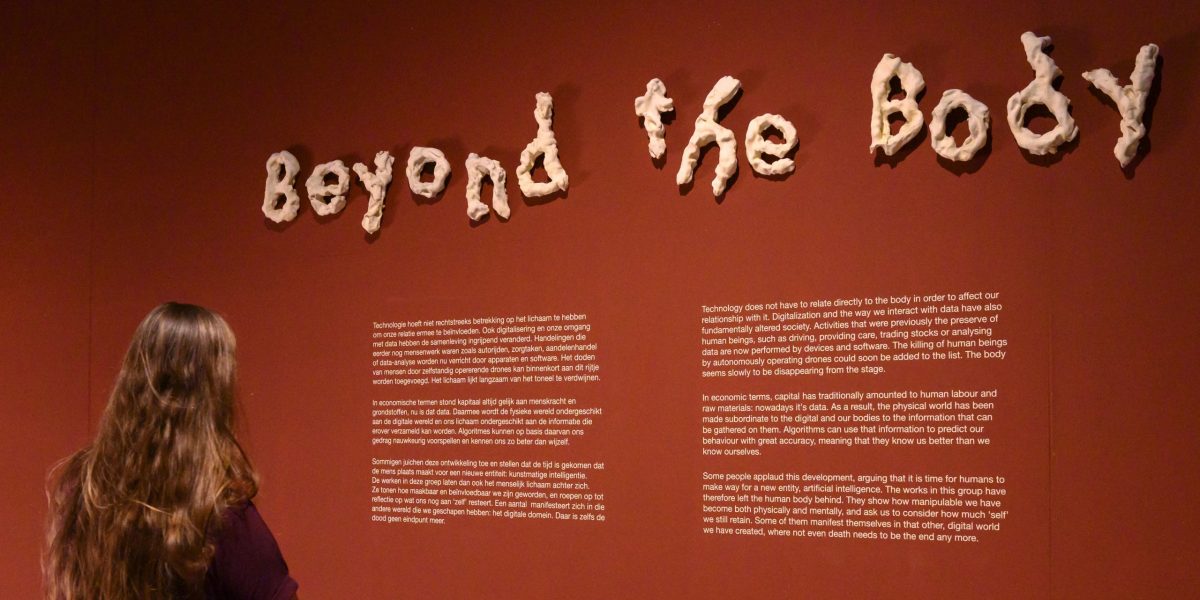In 2022 Heera Shin graduated from Design Academy Eindhoven. For her graduation project ‘Eve’ she researched the development of metaverses and avatars and asked herself: how do we care for this growing number of avatars, our digital identities? For the Third Floor she wrote an essay to answer this question.
Year 2021, the year of the metaverse.
In 2020, due to the infamous virus that threatened our physical world, we humans had to dive headfirst into the digital realm to connect and communicate despite our physical barriers. All kinds of people around the world had to rely on phone calls and Zoom meetings to make social connections that no one had predicted to lose.

Due to this increased use of online platforms, combined with the sudden spotlight on digital commodities like NFTs and cryptocurrencies led many to reach to the world of the metaverse. Although, now in 2023, the feverous interest from the public has died down to a more modest level, still there is no denying that it left a huge footprint that may have forever changed our lives.
What is the metaverse?
The metaverse still has various definitions but fundamentally, it is a virtual reality where people can enter and form relationships through avatars. Its form can vary from more socialization-centered platforms like VRChat and Zepeto to games like Roblox and Minecraft. One important difference the current metaverse holds from the traditional social media is that it offers digital, independent identities. On common social media platforms like Twitter, Instagram and Facebook, the online representations of the user are an extension of the user as an edited version of themselves. If the user were to change their age, race, or other physical factors from the “original”, then it is considered “catfishing” and frowned upon. But in the metaverse, you can easily be a completely different being with a new age, race, personality and even species through avatars as easy and quick as changing a shirt. This is reflected on Zepeto’s homepage, where they state: “By making another online identity we aim to create the world you only dreamed of”. As you can see, the metaverse promotes and encourages this idea of new disposable and wearable identities as part of culture. These identities are an independent creation that is very different from our physical bodies, which is formed by multiple unchangeable factors like the accumulation of experiences or cultural upbringing.

Avatars, our digital, independent identities
Avatars are the first step into entering the metaverse. They are the body you live and talk in, and a means to express yourself. By wearing your own creation, it’s like suiting up another living being and literally walking in their shoes. It’s fascinating that nowadays making up elaborate background stories and roles for your characters has become a culture of sorts. I find this most apparent in the entertainment industry.
Over the past few years, the virtual YouTuber (VTuber) industry has grown explosively. A Japanese VTuber company named Anycolor has revealed their sales revenue that increased from 7,630,000,000¥ (approximately 55,385,900 euro) in 2021 to 130,600,000,000¥ (approximately 948,020,787 euro) in 2022. One interesting factor is that even though people realize that there is a different reality behind the virtual being they love, people choose to distance the real human from the virtual façade. For example in Hololive Production, which is a platform where people can debut their own virtual characters, the avatars are sometimes not even humans, with very detailed background stories and relations. They act according to their chosen traits, even when these are very different from their own physical traits. The fanbase calls all the information regarding the human behind the avatar “red pill”-information and is discouraged to bring this up during the streaming service. Sometimes the streamers or managers even ban the viewer from chatting due to breaking this rule. Even when the virtual identity itself is completely digitally fabricated, the viewers are all humans of flesh and bone. I once did an interview with the members of the fanbase and was very much surprised with how genuine their love, passion and emotions were. Some may say that affection towards fabricated characters is nothing new, but avatars are quite different from loving fictional characters since they are a widely known façade with a stranger behind this mask, not a complete being from a scenario. I personally thought that loving a façade would be difficult for a person to be immersed in the relationship due to this but seeing how some members even decided to become a part of the production staff, changing careers, creating videos and content due to their affection towards the virtual avatar really changed my mind. If avatars have the power to move your heart and change your actions, can we really just consider them as a piece of data? Or are they already becoming their own beings? How we face them is now a very relevant question.
The power of avatars
One essential element in the metaverse is roleplaying. The essence of it has existed for a long time in many forms of entertainment. As a child we all experienced this through playing house with friends and logging into online games, watching movies, and seeing through the eyes of another. But the difference between then and now, is that before, the character was often part of a larger story conceived by a writer, filmmaker or game developer.
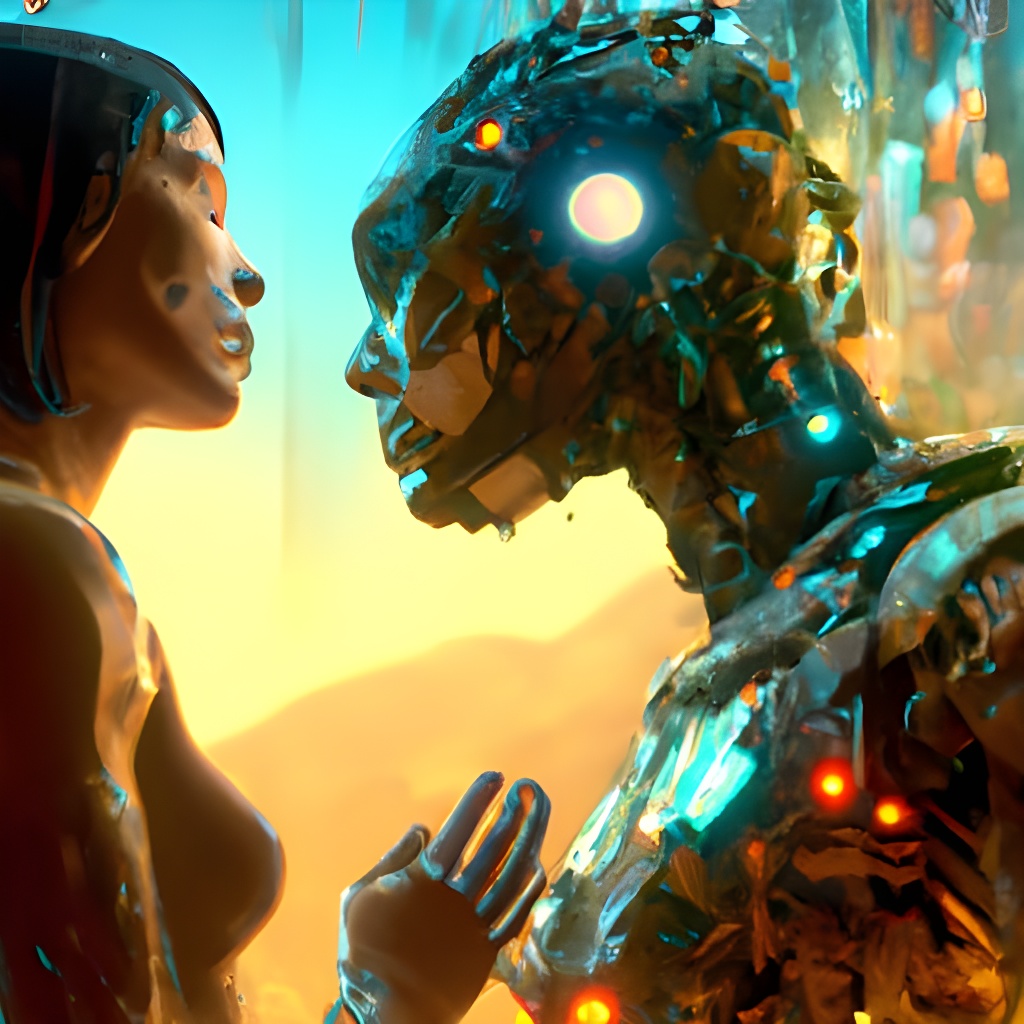
But now, just living your life as another being is considered a content. On platforms like Zepeto and VRChat, the main content is just communication with other people. Of course, they offer some playable elements like being able to create your own maps and play mini games. Still the biggest, charming point is just embodying another character you always wanted to be and escaping your reality. In the metaverse, you are not you, you are the being you created. And the background stories you created and the personalities you chose dictate both your conscious and unconscious acts. You realize that the avatar you handpicked and created affects you and others as much as the other way around. For example, let’s say there is a Vtuber with an avatar that identifies as a teenage girl who is auditioning to become an idol. As mentioned before, even when the human behind this character is very different from this persona, the avatar will act according to the character. Because the moment they step out of the character, the whole “world” breaks. So, to maintain this role, in her vlogs she will talk about dancing lessons, her role models and teenage life. And this independent identity will affect other people. Every fan she gains, every comment she receives and every reaction she has will form bonds and relations with other people in a very different way compared to how your physical self might. It is a transmittable impact through the created virtual being. Since you are acting and communicating based on a completely different background than your physical self, any statement or act from you wearing the digital being can’t fully be considered the same as the one you make in your physical body.
The ethical challenges of humans and non-humans online
In the book Metaverse, a new chance (2021) by Sangkyun Kim and Byung-ho Shin, they introduce the SPICE model, which describes what every metaverse tries to achieve in five major factors: seamlessness, presence, interoperability, concurrence and economy flow. It pretty much focuses on becoming as real as possible to create a functioning society inside the digital realm. We are already facing a reality where a digital being has a lot of impact on our physical life. If avatars can cause such a real connection and it continues to get more realistic, shouldn’t they also be protected like us human beings? How will we present the human right of the non-physical humans? Compared to our material world, the regulations relating to the ethical part of our online world are still weak.
As an example, in South Korea there is a chatting service called Iruda that was named after a functional artificial intelligence (AI) that was modeled after a female in her 20s. In 2020 the chatting service launched a chatroom where people could have conversations with Iruda, the AI, but not so long into the service the company had to shut it down. The biggest problems were sexual harassment, privacy invasion and hate speech issues. Since the AI learned from the data it received, the inappropriate messages from the users reflected on Iruda’s conversations, the problematic bits and pieces soon appeared in Iruda’s messages to other people. But since the target was a fully digital being there were no charges pressed, and the company had to stop the service to “fix” their problems by deleting the deep running database. Throughout the world, you can see that many different companies in all kinds of industries are using online identities. In 2020, Ikea collaborated with a virtual influencer named Imma, a realistic female model and displayed a 24hour view of Imma’s living space. In the physical world this can be a very harsh breach of privacy, but since Imma was a virtual model it was considered an interesting project. Another example is the case regarding AI-generated photos and art works. Recently the United States Copyright Office (USPTO) initiated a proceeding to revoke the protection that was granted to Kris Kashtanova, a creative human based in New York City for the comic book that was made with Midjourney titled Zarya of the Dawn in September 2022. Midjourney is a text-based AI that generates images according to a keyword you type in. Since the copyright office claims that copyrightable works require human authorship, the images created by the AI can’t be protected.
In a world where people can create such vivid, lively looking digital bodies and images, the experience we get from the online world can be very realistic. And with the help of virtual reality (VR) devices, it can even become physical. If an avatar becomes so realistic that it can’t be distinguished from the real person, our behavior towards these digital beings should also reflect these changes and place more care and manner as we do to other human beings. As technology develops, the gap between the physical and the virtual world will continue to narrow, and this unprotected, unregulated world can cause fatal damage to the users, but the speed of creating regulations seems just too slow to catch up to the speed of its development.
Us and them as a we
We humans may be in the beginning of a new era, where having multiple identities through digital platforms and conversing with AI friends can be the norm. Considering that the majority of the metaverse users are teens and under, I believe that soon, the metaverse has a promising possibility to become a part of the mainstream culture. Can the virtual world then really be considered lesser than the physical world? I believe not. We need to be more cautious of the creation and usage of these digital beings to protect us in both the metaverse and the physical world, as it is almost impossible to separate the two. Now the virtual realm is not only a screen that projects what we type in, but a society of carefully constructed mirrors that reflect both ways. A creation of an avatar should hold a weight closer to giving a birth to a child than just clicking a few buttons. It is time we bear more responsibility before the fragments of the shattered mirrors stab back at us.



